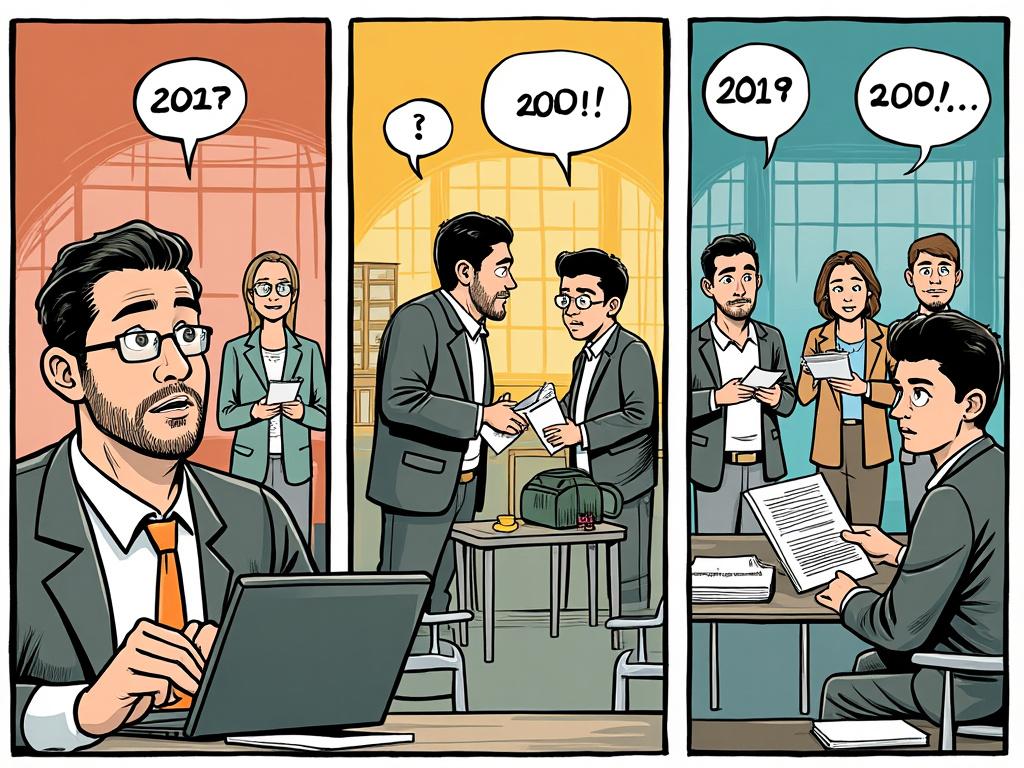
How Ray Dalio’s Principles Can Transform Your Investment Strategy
Reading time: 12 minutes
Ever wondered how the world’s most successful hedge fund manager built a $150 billion empire? You’re about to discover the strategic investment principles that made Ray Dalio a legend—and how you can apply them to your own portfolio.
Table of Contents
- Understanding Dalio’s Investment Philosophy
- The All Weather Portfolio Strategy
- Core Investment Principles in Action
- Practical Implementation Framework
- Avoiding Common Investment Pitfalls
- Performance Analysis and Metrics
- Your Investment Blueprint: Taking Action
- Frequently Asked Questions
Understanding Dalio’s Investment Philosophy
Ray Dalio didn’t become one of the world’s most influential investors by following conventional wisdom. His approach centers on radical transparency and principled thinking—concepts that extend far beyond just picking stocks.
Here’s the straight talk: Successful investing isn’t about predicting the future—it’s about building systems that work across different economic environments. Dalio’s philosophy rests on understanding that “he who lives by the crystal ball will eat shattered glass.”
The Foundation: Economic Machine Understanding
Dalio views the economy as a machine with predictable patterns. He identifies three key forces that drive all economic activity:
- Productivity Growth: The long-term driver of living standards
- Short-term Debt Cycle: 5-8 year business cycles
- Long-term Debt Cycle: 75-100 year generational cycles
Quick Scenario: Imagine you’re investing during the 2008 financial crisis. Traditional portfolios lost 30-40%, but Dalio’s All Weather strategy actually gained 9.6%. How? By understanding these economic forces and positioning accordingly.
Risk Parity: The Game-Changing Concept
Most investors allocate capital based on dollar amounts—60% stocks, 40% bonds. Dalio revolutionized this by focusing on risk allocation instead. In traditional portfolios, stocks often represent 95% of the risk despite being only 60% of the allocation.
The All Weather Portfolio Strategy
The All Weather portfolio represents Dalio’s masterpiece—a strategy designed to perform well across all economic seasons. Unlike traditional approaches that bet on specific outcomes, this method prepares for four possible economic environments:
Economic Environment Performance Visualization
*Based on historical backtesting from 1970-2020
The All Weather Asset Allocation
The standard All Weather portfolio allocation breaks down as follows:
- 30% Stocks: U.S. stock market exposure
- 40% Long-term Bonds: 20+ year Treasury bonds
- 15% Intermediate-term Bonds: 7-10 year Treasury bonds
- 7.5% Commodities: Broad commodity exposure
- 7.5% TIPS: Treasury Inflation-Protected Securities
Well, here’s the key insight: This allocation seems conservative, but it’s actually designed to capture upside while dramatically reducing downside risk. The secret lies in leveraging the bond positions to balance the risk contribution of each asset class.
Core Investment Principles in Action
Principle 1: Diversification is the Holy Grail
Dalio famously stated that diversification is “the only free lunch in investing.” But he takes this concept far beyond simple asset allocation. True diversification requires:
- Asset Class Diversification: Stocks, bonds, commodities, currencies
- Geographic Diversification: Developed and emerging markets
- Time Diversification: Dollar-cost averaging and rebalancing
- Strategy Diversification: Multiple uncorrelated approaches
Principle 2: Understand What You Don’t Know
Radical transparency starts with acknowledging your limitations. Dalio emphasizes that successful investors must:
- Identify their knowledge gaps
- Seek diverse perspectives
- Test assumptions rigorously
- Remain intellectually humble
Practical Application: Before making any investment decision, write down your reasoning, expected outcomes, and confidence level. Review these predictions quarterly to identify patterns in your thinking errors.
Principle 3: Balance Growth and Defensive Assets
Traditional portfolios fail because they’re too dependent on economic growth. Dalio’s approach balances growth assets (stocks, corporate bonds) with defensive assets (government bonds, gold, TIPS) to create more consistent returns.
Practical Implementation Framework
Building Your Own All Weather Strategy
Ready to transform complexity into competitive advantage? Here’s your step-by-step implementation roadmap:
- Assess Your Risk Capacity: Determine how much volatility you can truly handle
- Choose Your Asset Classes: Select broad, low-cost index funds for each category
- Calculate Risk Contributions: Use online tools to ensure balanced risk allocation
- Implement Systematically: Build positions gradually over 6-12 months
- Rebalance Regularly: Quarterly or when allocations drift 5% from targets
Low-Cost Implementation Options
| Asset Class | Recommended ETF | Expense Ratio | Allocation |
|---|---|---|---|
| U.S. Stocks | VTI (Total Stock Market) | 0.03% | 30% |
| Long-term Bonds | TLT (20+ Year Treasury) | 0.15% | 40% |
| Intermediate Bonds | IEF (7-10 Year Treasury) | 0.15% | 15% |
| Commodities | PDBC (Broad Commodities) | 0.59% | 7.5% |
| TIPS | SCHP (Treasury Inflation) | 0.05% | 7.5% |
Avoiding Common Investment Pitfalls
Mistake 1: Confusing Correlation with Causation
Many investors make decisions based on recent correlations without understanding underlying economic relationships. For example, during the 2022 market decline, both stocks and bonds fell simultaneously—something that rarely happened historically. Dalio’s approach prepares for such scenarios by including assets that perform well during different types of crises.
Mistake 2: Emotional Decision Making
Dalio emphasizes the importance of systematic decision-making. Create written investment criteria and stick to them regardless of market emotions. As he notes: “The biggest mistake investors make is to believe that what happened in the recent past is likely to persist.”
Challenge Solution Framework:
- Challenge: Market timing temptation
- Solution: Systematic rebalancing based on preset rules
- Challenge: Overconfidence in predictions
- Solution: Probabilistic thinking and scenario planning
- Challenge: Panic during market stress
- Solution: Pre-written investment philosophy statement
Performance Analysis and Metrics
How does the All Weather approach actually perform? Historical backtesting shows compelling results:
Long-term Performance (1970-2020):
- Average Annual Return: 9.7%
- Standard Deviation: 7.8%
- Maximum Drawdown: -3.9%
- Sharpe Ratio: 0.93
Compare this to a traditional 60/40 portfolio with 10.1% returns but 12.1% volatility and -28.4% maximum drawdown. The All Weather strategy delivered nearly identical returns with dramatically less pain.
Real-World Case Study: 2008 Financial Crisis
During the 2008 crisis, while the S&P 500 dropped 37% and traditional balanced funds fell 22%, Bridgewater’s All Weather fund gained 9.6%. The strategy’s success stemmed from:
- Long-duration Treasury bonds that rallied as rates fell
- Systematic rebalancing that bought stocks at depressed prices
- Currency and commodity positions that provided diversification
Your Investment Blueprint: Taking Action
The journey from conventional investing to principled decision-making starts with a single step. Here’s your actionable roadmap for implementing Dalio’s strategies:
Immediate Actions (Week 1-2):
- Document Your Current Strategy: Write down your investment philosophy, goals, and current allocation
- Assess Risk Tolerance: Complete a comprehensive risk assessment beyond simple questionnaires
- Calculate Current Risk Distribution: Determine how much risk each asset class contributes to your portfolio
Implementation Phase (Month 1-3):
- Select Low-Cost Vehicles: Choose broad-based ETFs for each asset class
- Begin Systematic Transition: Gradually adjust allocations to avoid market timing
- Establish Rebalancing Rules: Set specific triggers for portfolio adjustments
Long-term Excellence (Ongoing):
- Quarterly Reviews: Assess performance against benchmarks and personal goals
- Annual Strategy Updates: Refine approach based on changing circumstances
- Continuous Learning: Study market patterns and economic relationships
Pro Tip: The right preparation isn’t just about avoiding problems—it’s about creating scalable, resilient investment foundations that compound wealth regardless of economic conditions.
Remember, implementing Dalio’s principles isn’t about perfecting market timing or picking winning investments. It’s about building antifragile systems that benefit from volatility rather than merely surviving it. As markets evolve and new challenges emerge, investors who embrace systematic thinking and risk management will consistently outperform those chasing yesterday’s winners.
Will you join the ranks of principled investors who sleep well at night while their wealth compounds systematically?
Frequently Asked Questions
How much money do I need to implement an All Weather strategy effectively?
You can start with as little as $10,000 using low-cost ETFs, though $50,000+ allows for more precise allocations. Many brokers now offer fractional shares, making it easier to achieve target percentages. The key is maintaining proper proportions rather than absolute dollar amounts. Focus on getting the risk balance right first, then optimize costs as your portfolio grows.
Should I adjust the All Weather allocation based on market conditions?
The beauty of the All Weather strategy lies in its design to work across all market environments without tactical adjustments. Dalio specifically created this approach to eliminate the need for market timing. Stick to systematic rebalancing based on allocation drift rather than market predictions. The only adjustments should come from changes in your personal financial situation or time horizon.
How does the All Weather strategy perform during high inflation periods?
The strategy includes specific inflation hedges like TIPS and commodities that historically perform well during inflationary periods. During the 1970s inflation surge, while traditional portfolios struggled, similar risk-balanced approaches maintained positive real returns. The commodity and TIPS allocations typically offset losses in nominal bonds during inflationary environments, demonstrating the power of true diversification across economic regimes.

Article reviewed by Jean Dupont, Institutional Investment Advisor | ESG & Impact Investing Pioneer | Aligning Profit with Purpose for Pension Funds, on July 3, 2025





